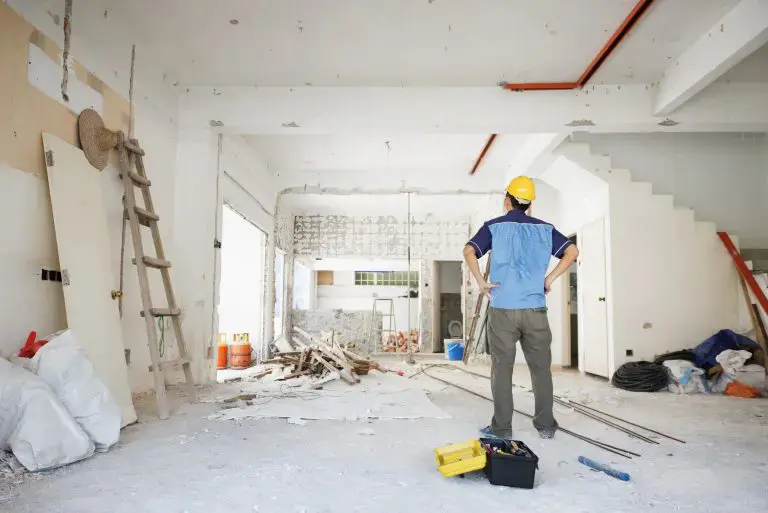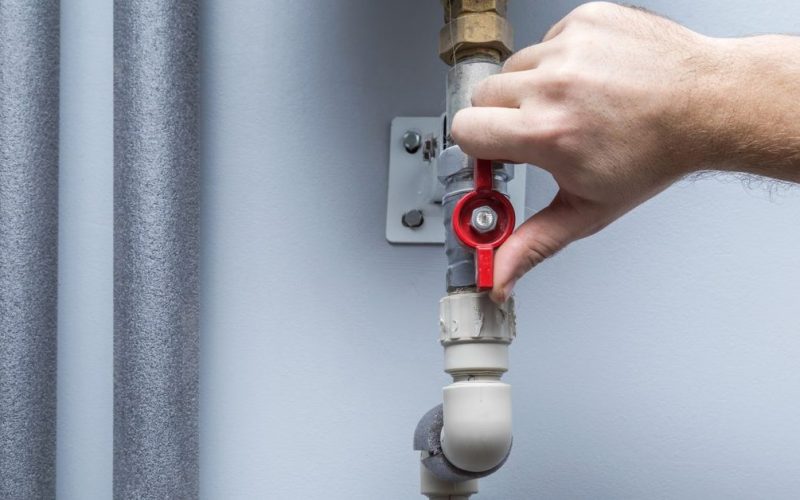Embarking on a home renovation is an exciting journey, but it can quickly become overwhelming without proper planning. From construction chaos to managing budgets and timelines, a renovation project requires careful organization to ensure success.
Whether you’re updating a single room or overhauling your entire home, these smart strategies will help you stay clean, organized, and on track throughout the process.
Strategy 1: Set Clear Goals and Define Your Vision
The first step in any renovation is to set clear goals. What do you want to achieve? Whether it’s modernizing your kitchen, expanding your living space, or creating a more energy-efficient home, having a clear vision will guide every decision you make.
Start by listing your must-haves and nice-to-haves, then create a detailed step-by-step plan that outlines your desired outcomes. This vision will not only keep you focused but also help communicate your expectations to contractors and designers.
Strategy 2: Create a Realistic Budget

A well-thought-out budget is essential for any successful renovation. Begin by researching the costs associated with your project, including materials, labor, and permits.
It’s wise to set aside at least 10-20% of your considered budget as a contingency fund to cover unexpected expenses. By planning for these potential surprises, you can avoid the stress of overspending and ensure that your renovation stays within financial limits.
Strategy 3: Declutter and Prepare Your Space
Before the renovation begins, take the time to declutter and prepare your space. Removing unnecessary items not only makes the renovation process smoother but also protects your belongings from dust and damage.
Consider renting a roll off dumpster to dispose of large items, debris, and other materials that you no longer need. This will keep your home free of clutter and create a safer, more organized environment for the contractors to work in.
Additionally, think about temporarily relocating furniture and valuables to another part of your home or to a storage unit. An organized, clutter-free space will allow contractors to work more efficiently and help you maintain some semblance of order during the chaos.
Strategy 4: Build a Detailed Project Timeline
A realistic project timeline is essential for keeping your renovation on track. Work with your contractor to map out the phases of the project, including start and end dates for each task. Be sure to factor in time for unforeseen delays, such as weather issues or supply chain disruptions.
A well-structured timeline will help with managing expectations and ensuring that each stage of the renovation is completed in a timely manner.
Strategy 5: Hire the Right Professionals

The success of your home project largely depends on the team you hire. Take the time to research and select contractors, designers, and other professionals who have experience with projects similar to yours.
Check references, review portfolios, and ensure that everyone involved understands your vision and goals. Clear contracts that outline the scope of work, timelines, and payment schedules are crucial to avoiding misunderstandings and keeping the project on track.
Strategy 6: Stay Organized Throughout the Process
Staying organized during a renovation is key to minimizing stress. Keep all project-related documents, such as contracts, permits, receipts, and design plans, in one place.
Digital tools like project management apps can help you track progress, manage tasks, and communicate with your team. Regularly update your checklist and adjust it as needed to ensure nothing falls through the cracks. An organized approach can help you stay on top of the myriad details that come with a renovation.
Strategy 7: Communicate Clearly and Regularly
Effective communication is necessary for a successful renovation. Schedule regular meetings with your contractor and other key players to review progress, discuss any issues, and make necessary adjustments.
Don’t hesitate to ask questions or voice concerns—open communication will prevent small problems from turning into major setbacks. Keeping everyone on the same page ensures that your vision for the project is realized and that everything stays on track.
Strategy 8: Monitor Progress and Adjust as Needed

Even with the best plans, unexpected problems can happen during a renovation. It’s important to monitor progress closely and be flexible when adjustments are needed.
Conduct regular site visits to see the work firsthand and address any concerns immediately. If changes to the plan or timeline are necessary, communicate them clearly to your team and update your timeline and budget accordingly. Being adaptable will help you navigate the inevitable surprises that come with any renovation.
Strategy 9: Plan for the Unexpected
Renovation projects rarely go exactly as expected, so it’s essential to prepare for the unexpected. Whether it’s a hidden structural issue or a delayed shipment of materials, having a contingency plan will help you manage these challenges without derailing the entire project.
Keep an open mind and be ready to adjust your expectations, timeline, and budget as needed. Flexibility and foresight are your best allies in overcoming the inevitable hurdles that come with home renovations.
Strategy 10: Conduct a Final Clean-Up and Organization
As the renovation nears completion, it’s time to think about the final clean-up and organization. Construction dust and debris can linger, so consider hiring professional cleaning services to give your house a deep post-renovation clean.
Renting a roll off dumpster can be incredibly helpful for disposing of leftover construction materials, broken appliances, or any debris that has accumulated during the renovation.
Once the space is spotless, focus on organizing your belongings and putting everything back in its place. A well-organized home not only looks great but also helps you settle in and enjoy the results of your hard work.
Strategy 11: Leverage Technology in Renovations

Incorporating technology into your renovation can streamline the process and enhance the final result. Use apps or project management software to keep track of timelines, budgets, and tasks in one place.
Design software allows you to visualize your renovation before it begins, helping you make informed decisions about layouts, materials, and finishes.
Consider integrating smart home technology, such as automated lighting, climate control, and security systems, to add convenience and value to your home. By leveraging technology, you can ensure a smoother, more efficient renovation process.
Conclusion
A clean and organized renovation is within reach if you follow these smart strategies. By setting clear goals, staying organized, and leveraging technology, you can navigate the complexities of home renovation with confidence.
Remember, preparation and communication are key to transforming your vision into reality while minimizing stress along the way. With these tips, you’ll be well on your way to achieving a beautiful, functional, and well-organized home.











